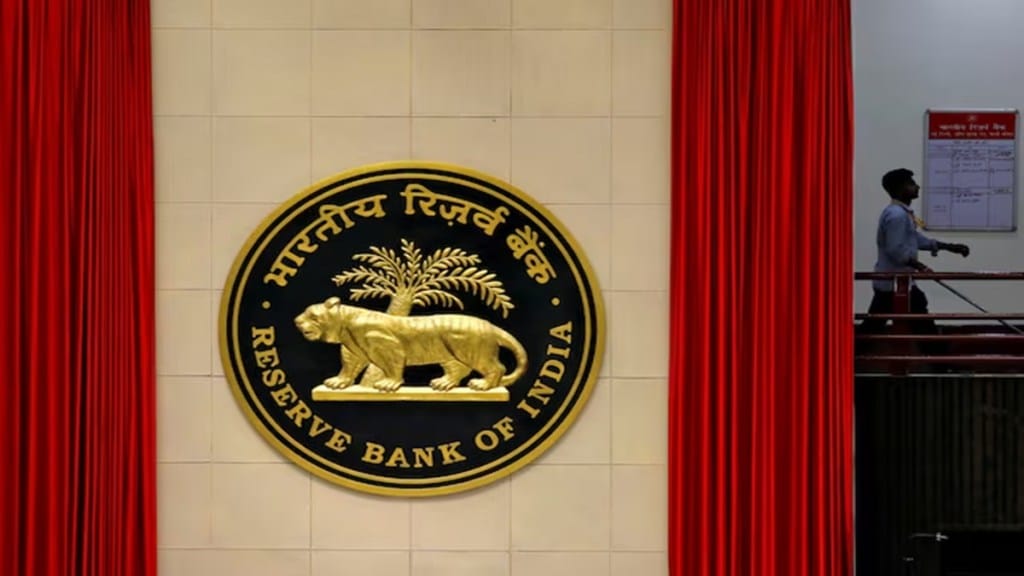By CKG Nair, the writer is a public policy commentator
On September 30, the Reserve Bank of India (RBI) took a bold step for reducing the substantial unclaimed deposits and flows in/to its Depositor Education and Awareness (DEA) Fund). It launched a year-long (October 1-September 30, 2026) incentive plan (Scheme for Facilitating Accelerated Payout—Inoperative Accounts and Unclaimed Deposits) for banks. Payments will be in the range of 5-7.5% of the amount in the inoperative/unclaimed account settled, subject to ceiling in the range of Rs 5,000-25,000 based on the duration of the account’s non-operation. This unconventional regulatory activism follows a September 26 RBI notification simplifying and harmonising the settlement of deceased persons’ accounts to their nominees or successors.
On October 4, the finance minister launched a nationwide awareness campaign titled “Your Money, Your Right”, emphasising three As—awareness, accessibility, and action—and urging savers/investors to claim their own money aggregating to the tune of `1.84 lakh crore that is lying in specified funds or entities. “Your money, your right” is the right assertion, increasingly being forgotten by money managers (banks, insurance, provident fund, securities), especially as the investors’ money is placed with them in a fiduciary capacity.
On September 9, the Investor Education and Protection Fund (IEPF) Authority celebrated its ninth foundation day on the theme “Claiming the Unclaimed: Unlocking the Potential of Idle Financial Assets in India”. Reportedly, India’s largest provident fund manager, the Employees’ Provident Funds Organisation, is gearing up to launch its new tech-platform, Version 3.0. It is expected to remove the several glitches haunting its current system—with severe consequences for its eight-crore plus contributors, mostly underprivileged workers—thereby making access to their funds, withdrawals, and final settlement easy.
The reason for these clarion calls and urgency in returning the funds to their owners, their nominees, or successors is obvious. According to available estimates, there are large amounts of unclaimed funds/securities—DEA Fund has Rs 75,000 crore, IEPF has Rs 1.1 lakh crore (`9,000 crore dividend and the rest as securities), Insurance Regulatory and Development Authority of India (Bima Bharosa Portal) has Rs 20,062 crore, and mutual funds have Rs 3,200 crore. Data on the amount of idle funds vary according to sources and/or reporting periods.
In any case, the numbers are the idle funds/securities in the dedicated funds. However, the pipelines of flows to these funds are very long—10 years from the banks and insurance companies and seven years from companies. The idle funds between these years of pipeline would also be equally large. For instance, the annual addition to DEA Fund had been in the range of Rs 6,000-22,000 crore during 2021-2024, given that it grew from ~Rs 31,000-78,000 crore. If funds in these long pipelines are added, the size of idle funds would jump rapidly.
Though estimates of idle funds in the pipeline are not available, it may not be far off to put that figure at the same size as the amount already transferred to the dedicated funds. That would take the total idle funds—in the pipeline and in the dedicated funds together—to about Rs 3.7 lakh crore (as against the Rs 1.84 lakh crore)—more than 1% of India’s GDP. If released, it could do wonders with overall consumption, investment, and growth apart from helping claimants improve their financial position.
Policy-/regulator-level awareness about the substantive and growing unclaimed funds is not new. The RBI issued a circular on June 25, 2005, simplifying the process of claiming funds within the account of the deceased. After more than 20 years, the September 26 notification is only a granular version of the 2005 circular, directing the banks to scrupulously follow directions, indicating that the earlier guidelines were not followed properly. When the amounts with the banks grew, the RBI set up the DEA Fund in 2014, directing banks to transfer funds unclaimed for more than 10 years. Further, the RBI launched an integrated portal, Unified Database for Unclaimed Deposits, in August 2023 with the motto “100 days 100 pay-outs” from every bank branch. However, the DEA Fund continued to grow.
Similarly, companies are mandated to give out the unclaimed securities and dividends to owners/nominees both under the Companies Act/Rules and Securities and Exchange Board of India regulations. When it was noticed that the system was not working well, by ministry of corporate affairs set up the IEPFA in 2016, directing companies to transfer idle securities and dividends to the newly-created fund (IEPF) after a seven-year pipeline. Further, IRDAI launched its integrated grievance redress, including on claim settlements, in 2011 and strengthened it in 2022.
The issue of accumulated unclaimed funds is a major failure on the part of the service providers. Special regulatory steps, including the centralised databases, were launched by the respective regulator only on account of this. However, even these regulatory steps have not achieved much success, as the growing idle funds indicate. Disbursing the funds from those dedicated accounts needs the cooperation of service providers.
Deficiency of service is the major reason for the growing unclaimed funds/securities. The gap between policy/regulatory objectives and the reality of ground-level implementation is too wide. A large number of claimants fall into it every day, while many others get frustrated and leave requests that fall on deaf ears. Anecdotal evidences, media reports, and personal experiences are about the difficulties in closing accounts, transferring balances, settling claims, and availing of other service of corporate-financial services entities.
The RBI’s recent bold steps show a clear pathway to reduce unclaimed funds by directing banks to follow a uniform approach with specified documentation, and incentives for doing so. Hopefully, this carrot-and-direction approach will succeed in delivering results and releasing a substantial part of the idle funds. However, the regulator tipping the regulated service providers could open up uncharted tracks in the regulated-regulator matrix with unknown consequences.


